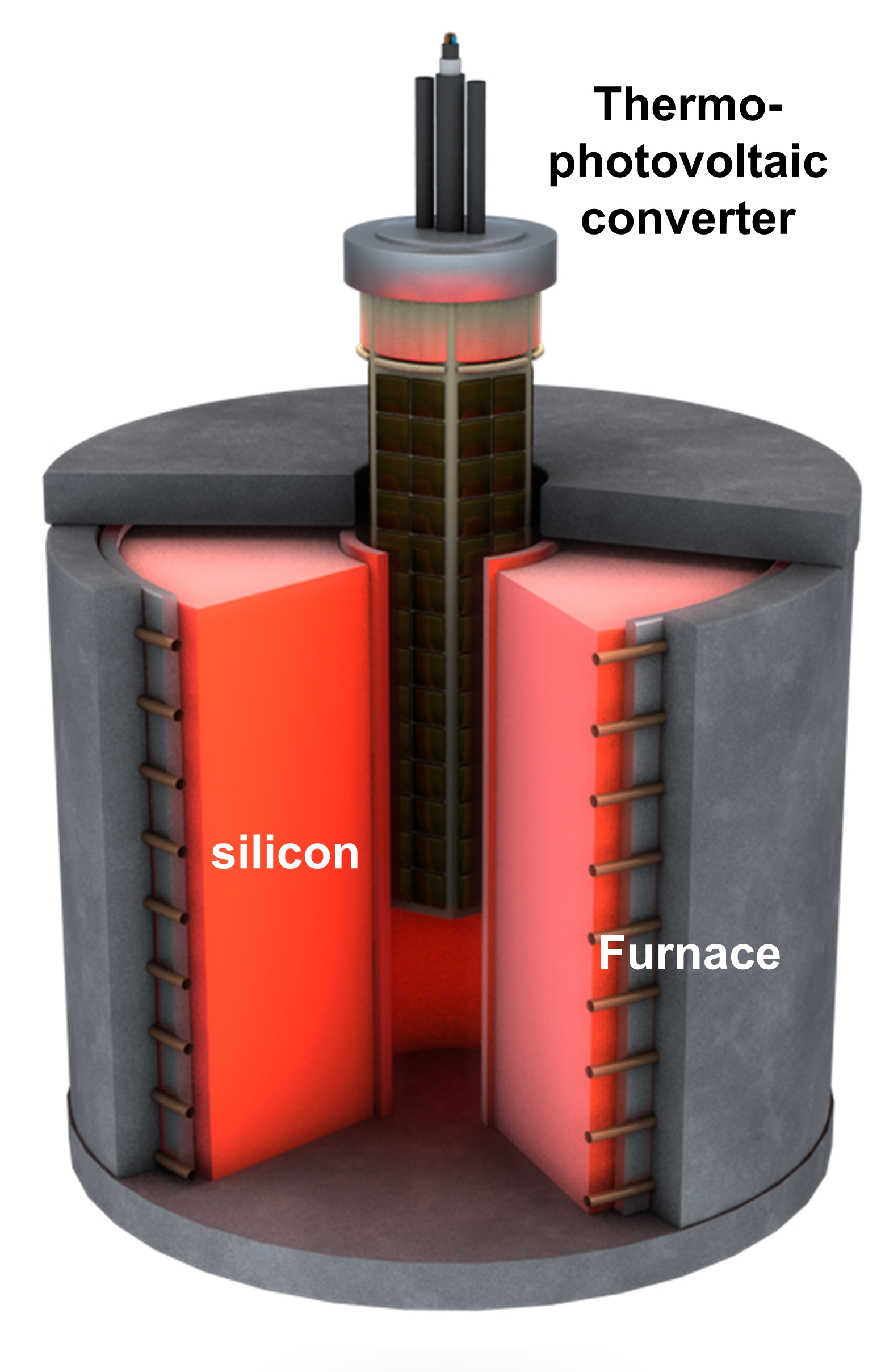| Energy storage is a game changer technology, essential for optimizing the use of the scarce and very costly energetic resources in today’s energy system. Most forms of renewable energy (e.g. wind and solar) must be transformed into electricity and consumed instantaneously. This makes our economy still very dependent on fossil fuels. Energy storage is sine qua non for today’s energy system decarbonisation. Many different energy storage solutions are currently under development covering all kinds of technological options (electrochemical, mechanical, electrical, thermal, etc.). Among them, thermal energy storage (TES), i.e. the storage of energy in the form of heat, is particularly interesting due to the modularity and the number of different possible applications. This includes direct solar energy storage (in CSP -concentrated solar power- systems), electricity storage and cogeneration in domestic electrical/heating networks, energy storage in waste heat recovery systems, etc. |
|
In the field of TES, temperature is the key performance parameter. Generally speaking, the higher the temperature the higher the potential. Unfortunately, current state-of- the-art TES systems are limited to temperatures below 1000°C due to high temperature thermal instability of currently available materials and devices. The benefit of working at very high temperatures is particularly relevant for latent heat TES (LHTES) systems, where heat is stored or released during the phase change of a material, named PCM (phase change material). Ultra-high temperature LHTES systems (UHT-LHTES) (temperatures of 1000-2000°C) offer up to 4600 kJ/kg (~10-times higher than today’s highest-temperature LHTES based on molten salts at ~ 800°C). This 10-fold increment in the energy density implies a 10-fold reduction of the overall size of the system, leading to reduction in all the associated costs that scale with the size (e.g. casing, container, thermal insulation). This significant increment in energy density makes the (still conceptual) UHT-LHTES one of the most dense energy storage solutions, well above current state of the art electrochemical batteries (~ 4-fold). Despite this significant potential, no attention has been paid so far to this kind of systems due to the lack of proper materials and devices able to operate at those high temperatures.
Our activity in this field covers:
- Study and development of novel materials and devices that enable a new kind of UHT-LHTES systems, using a new kind of extremely high latent heat (2-4 MJ/kg) and melting point (up to 2000°C) PCMs.
|
 |
- Address of the most relevant technological challenges concerning the use of these materials, such as the refractory linings of the container, advanced thermal insulation casing, and a new kind of solid-state conversion devices able to operate at those ultra-high temperatures.
|
|
Contact person: Dr. Alejandro Datas
Selected publications
A. Datas, A. Ramos, A. Martí, C. del Cañizo, and A. Luque, "Ultra high temperature latent heat energy storage and thermophotovoltaic energy conversion”, Energy, vol. 107, pp. 542-549, 2016. (DOI: 10.1016/j.energy.2016.04.048)
|



